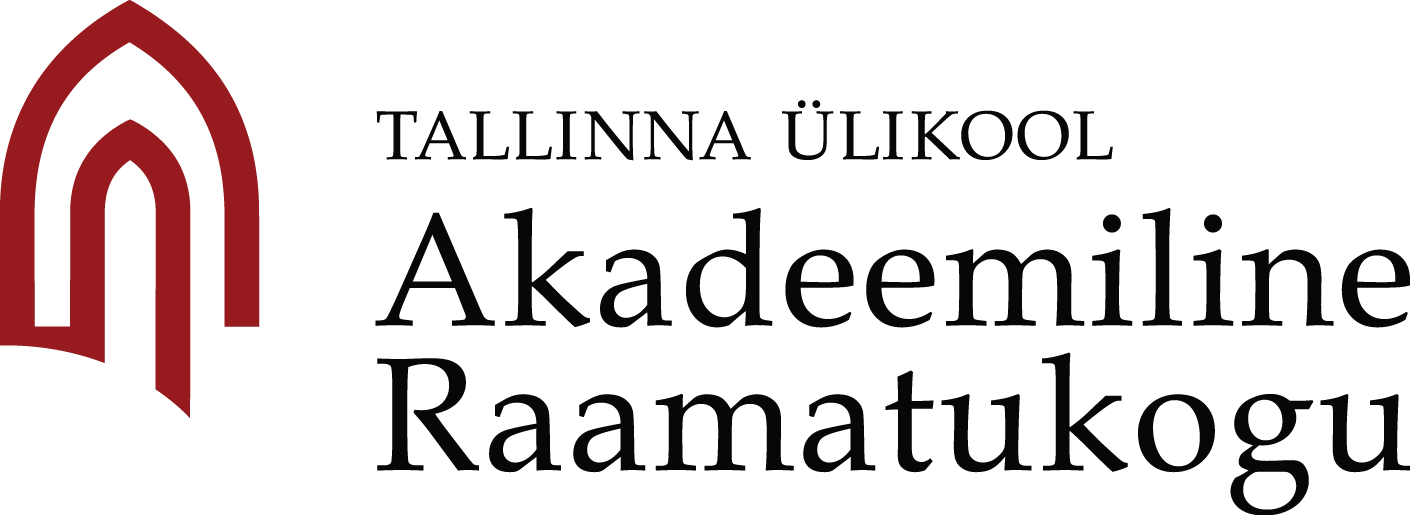From October 1, 2025, the Tallinn University Academic Library will host the exhibition “Born in Translation: The History of Estonian Culture in the Mirror of Translated Literature (1525–2025)”, which introduces 500 years of Estonian translation history.

Estonian literary culture has been born and shaped in translation and translators. From Wanradt-Koell’s translation of the Catechism and the Bible and the adaptations of German folk books by Jannsen, Koidula and Kreutzwald to Johannes Aavik’s language experiments in translation, the translation of religious, commercial and fiction texts has shaped the Estonian literary language, native literature and the entire cultural horizon. The young Republic of Estonia spent large sums of money on Estonianisations of masterpieces of world literature and scientific literature, as they were indispensable for the transition to Estonian-language education. The Sovietisation of Estonian culture and society also relied on translations that introduced Marxist-Leninist doctrine and the aesthetics of socialist realism in Estonia. Today, there is concern about the dominance of works translated from English in the Estonian literary landscape, as they reduce the diversity of cultural contacts and the use of translated language may in the long run affect the structure of the Estonian language.
The works in the exhibition reflect the history of translation in Estonia, focusing on fiction, but also looking at other types of texts. On three floors of the Tallinn University Academic Library, a journey unfolds from the first Bible translations to the present day through the most important eras in the history of translation: the emergence of Estonian literary culture with the support of the translation of religious and commercial texts in the 16th–18th centuries, the awakening period, the time of turbulent changes at the end of the 19th century and the beginning of the 20th century, the time of the Republic of Estonia, the time of occupations and the time following the restoration of independence. Sections across periods are dedicated to censorship, leisure literature, the most beloved translation series of all time, children’s literature and the legendary translation series, Loomingu Raamatukogu.
In order to understand the function of translation in culture, the exhibition seeks answers to the questions: Who translated? Why and how was it translated? For whom was it translated? What has been the impact of translations on the development of the Estonian language and literature? The exhibition includes translated works, manuscripts and other archival material, newspapers and journals that published and reviewed translations, documents and biographies of people who have been and are active in the cultural field, etc.
The exhibition is based on the group grant “Translation in History: Texts, Actors, Institutions and Practices” funded by the Estonian Research Council, which examines the institutional (publishing, censorship, etc.) and social aspects of translation, translation norms and practices, translators, translated literature, and the position and function of translation in Estonian history. The results of the project bring to light much previously unexplored data and texts, creating new interpretative possibilities for the historical development of Estonian culture.
The exhibition will take place as part of the Year of the Estonian Book and will remain open to the public until March 14, 2026.
Exhibition curator: Daniele Monticelli
Exhibition working group: Aile Möldre, Maris Saagpakk, Ave Mattheus, Kaja Tiisel, Anne Lange, Rene Haljasmäe
Coordinator: Julia Reinman, contact: julia.reinman@tlu.ee
The exhibition is organized with the support of the Estonian Research Council’s research grant “Translation in History, Estonia 1850–2010: Texts, Makers, Institutions and Practices”, the Cultural Endowment of Estonia and Tallinn University.
Collaboration partners: Tallinn University Academic Library, Estonian Literary Museum, Loomingu Raamatukogu, Estonian Children’s Literature Centre, National Library of Estonia’s Digilab
